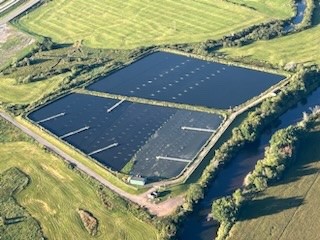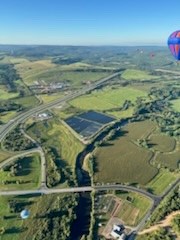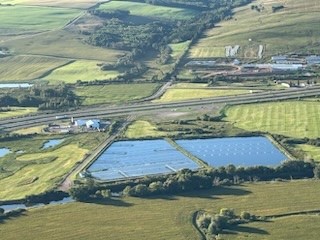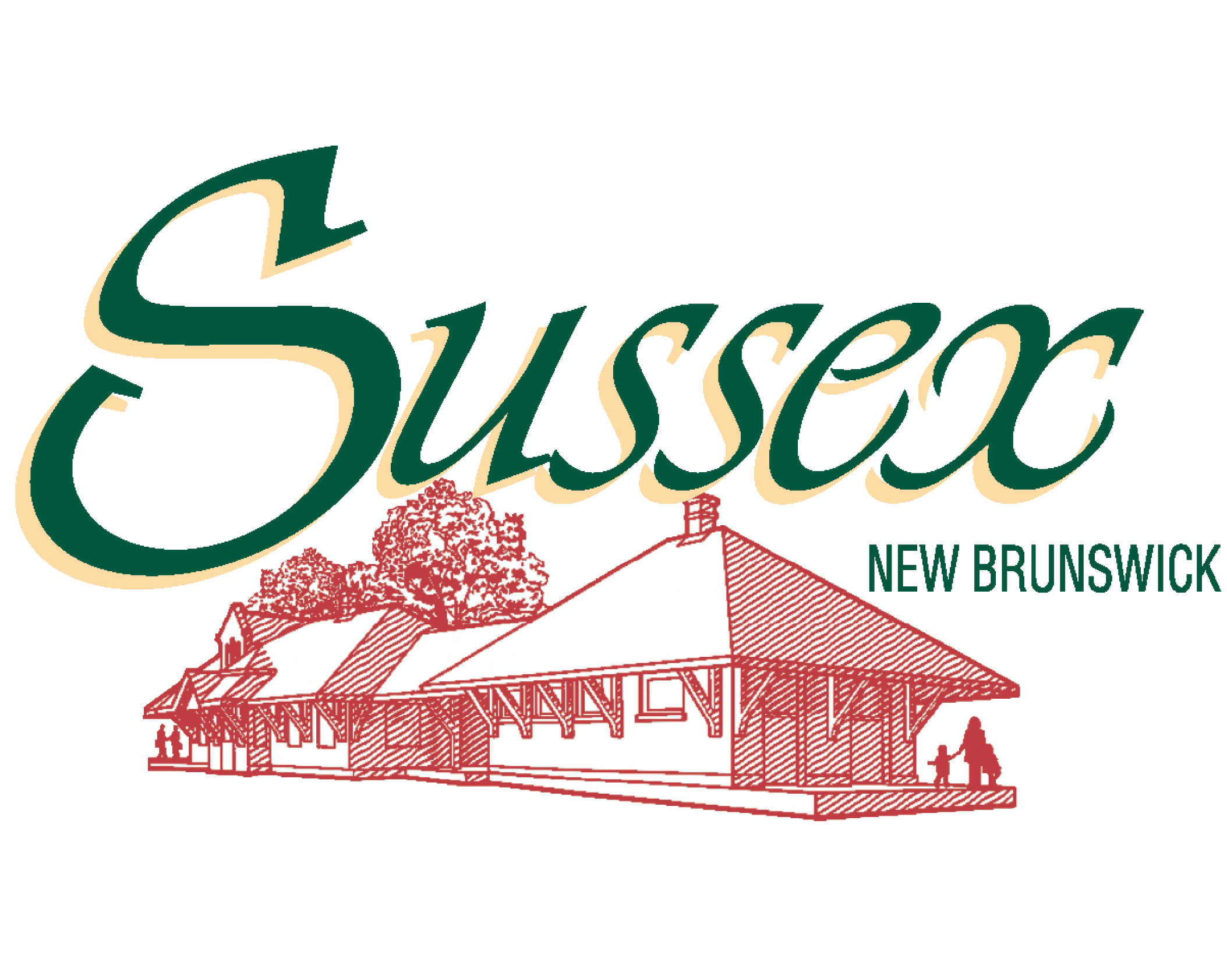Sussex Water & Wastewater
Water Sampling and Testing:
CHEMICAL ANALYSIS
(INORGANIC)
Sussex water comes from
five municipal wells. As the water
travels through the ground, it
dissolves naturally occurring minerals. In order to ensure that Sussex water is safe to drink, a number of chemical analyses are performed each year.
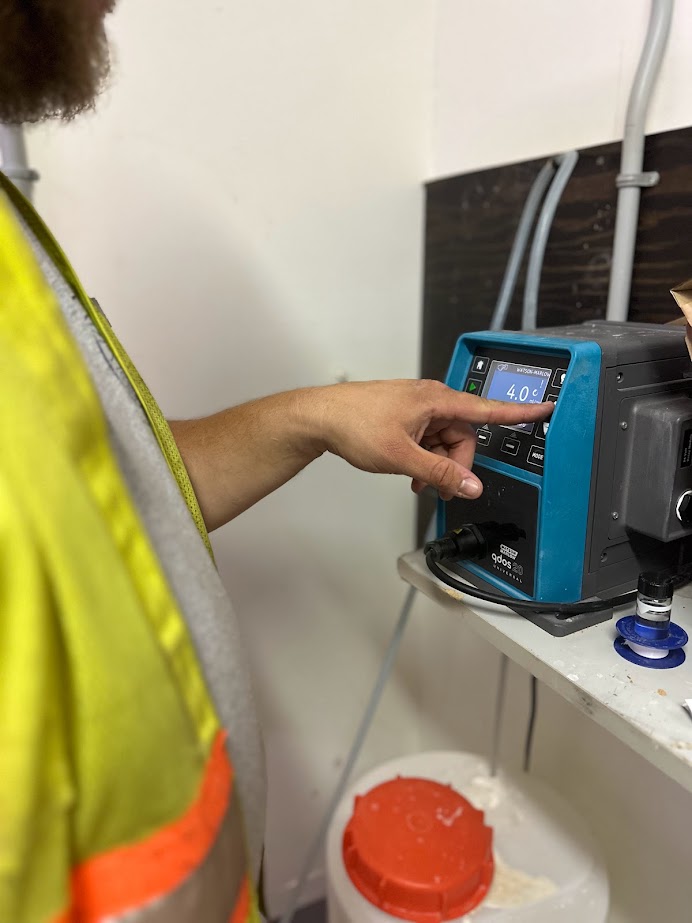
INORGANIC ANALYSIS
The results from the most recent
analysis are presented in the Annual Water Quality Report, located above. The Average of Results indicates the
average of the five locations tested. The Range of Detections indicates the lowest detections to the highest in each parameter.
CHLORINE ANALYSIS
Fifteen sites are sampled twice weekly for chlorine content. Of these fifteen sites, five sites are sampled on each working day. These include the well sites.
Chlorine is injected into the well water through a chlorine dosing pump, shown on the left. A dose of chlorine is directly proportional to the volume of water flowing through the dosing pump, regardless of fluctuations in the flow rate and pressure of the water supply to the network.
ORGANIC ANALYSIS
Four Sussex wells are sampled for Clean Water Act parameters twice a year.
BACTERIOLOGICAL ANALYSIS
Ten sites are sampled weekly for
bacteriological parameters
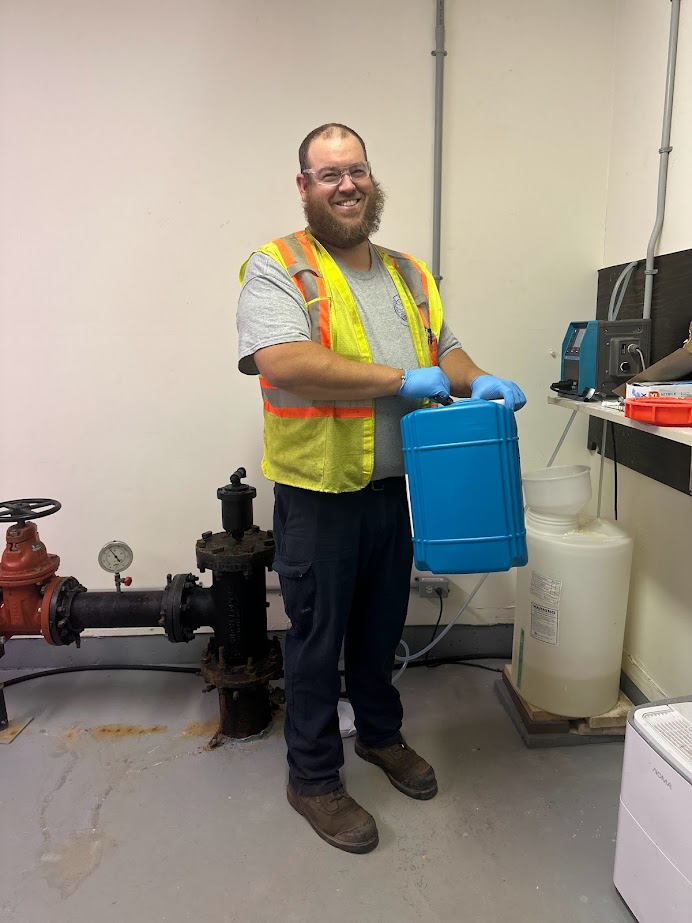
.
Wellhouses:
Sussex draws its potable (drinkable) water from an underground, unconfined aquifer supplied by five deep wells located within the municipality. There are 2 High Output Wells with a total capacity of 8,000 m3/day, and 3 Low Output Wells with a total capacity of 1964 m3/day. The pumping stations are capable of a maximum combined flow rate of 5.7 cubic meters/minute (1,250 Imperial gallons/minute) into the distribution system. Sussex chlorinates its potable water at the well heads by means of constant automated chlorination to maintain a safe residual level at all times. The rate of chlorine integration is approximately 0.8mg/L (ppm).
Ward 1:
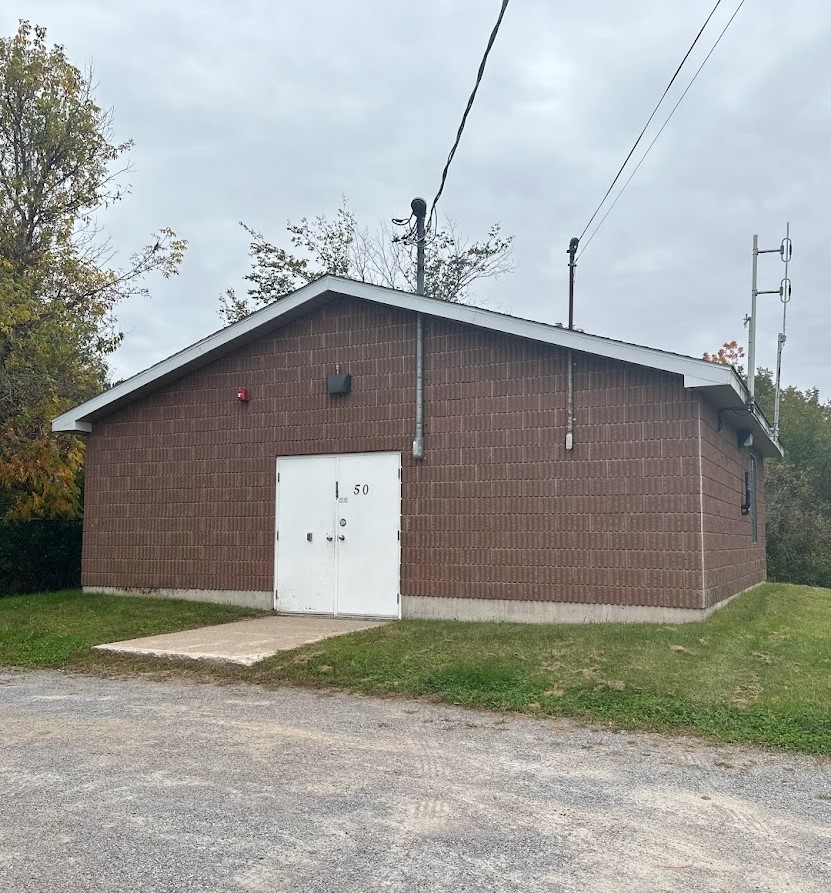
Ward 1
There are 2 wellhouses in Ward 1. One is located on Jonah Court and the other is located on Magnolia Avenue. The water sourced from these 2 wellhouses are redirected to the Ward 1 water reservoirs located at the top of Pleasant Avenue for storage of water for a backup supply

Ward 1
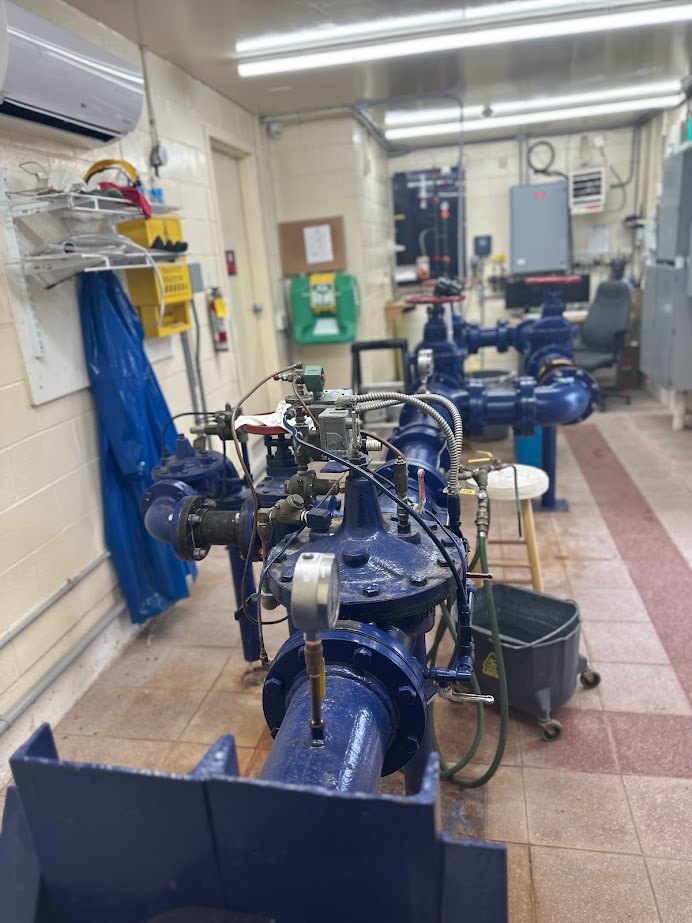
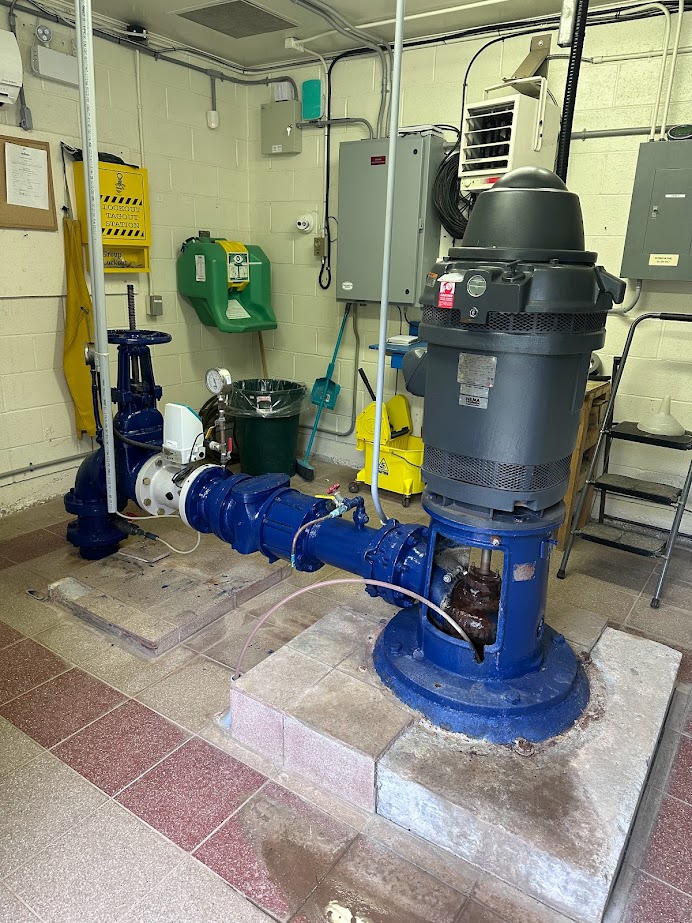
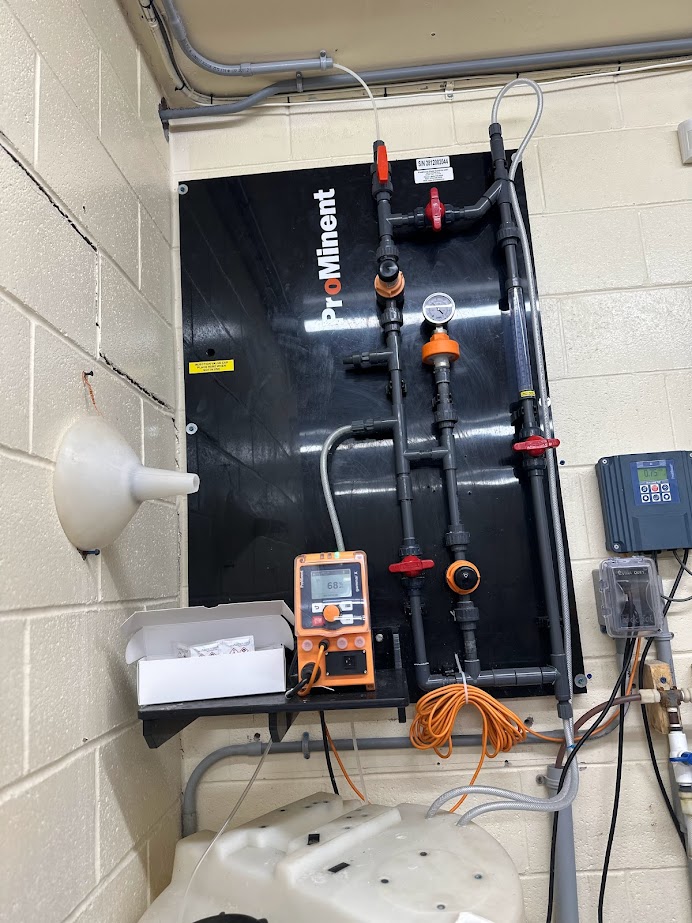
Ward 2:
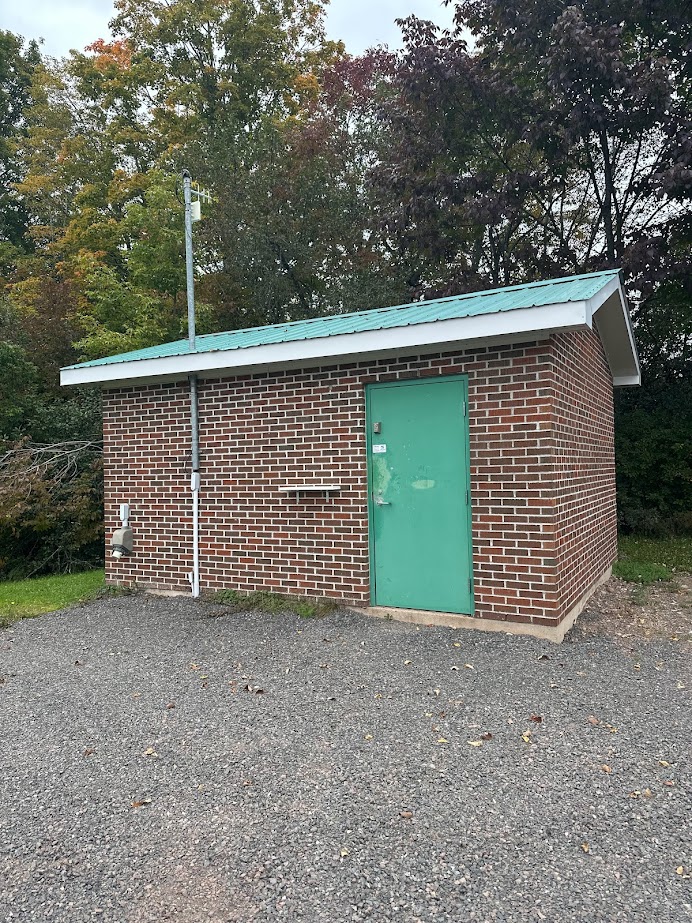
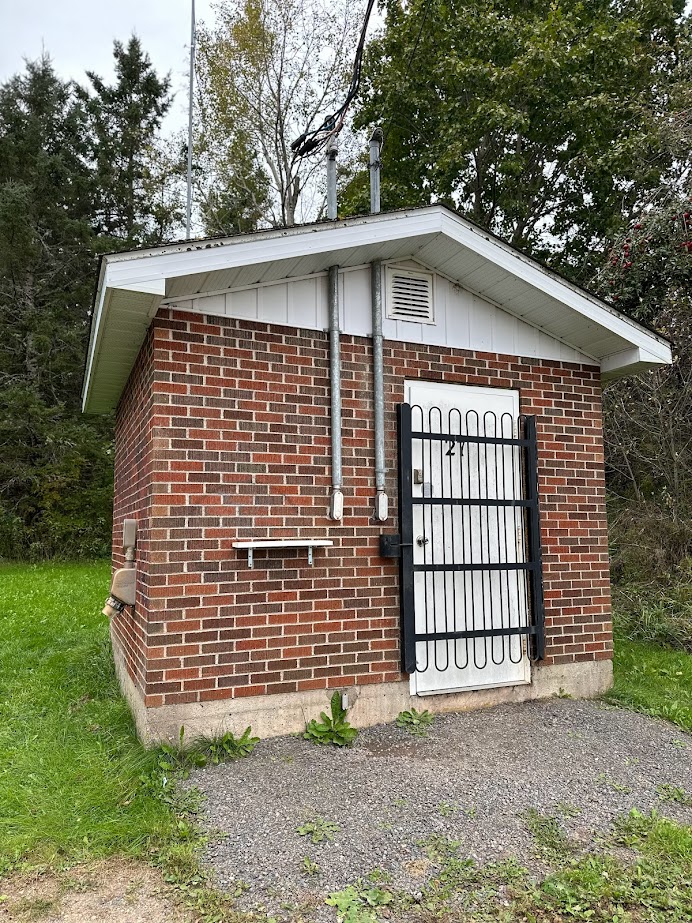
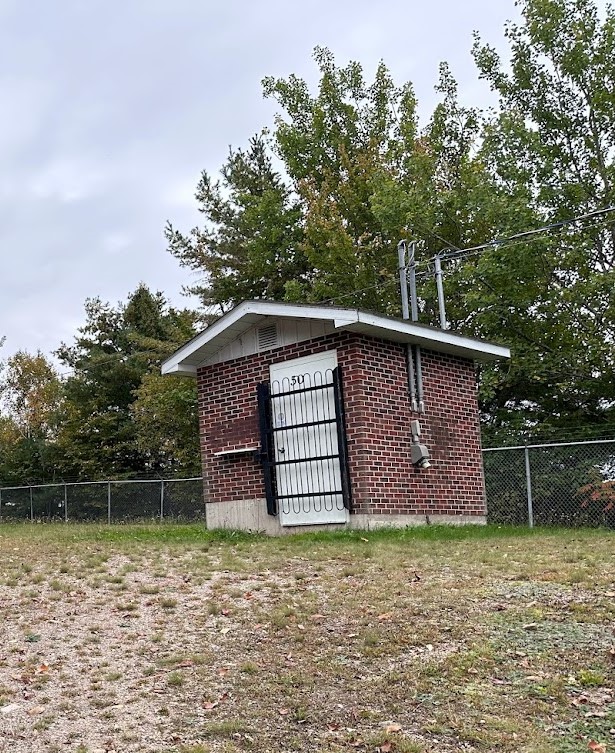
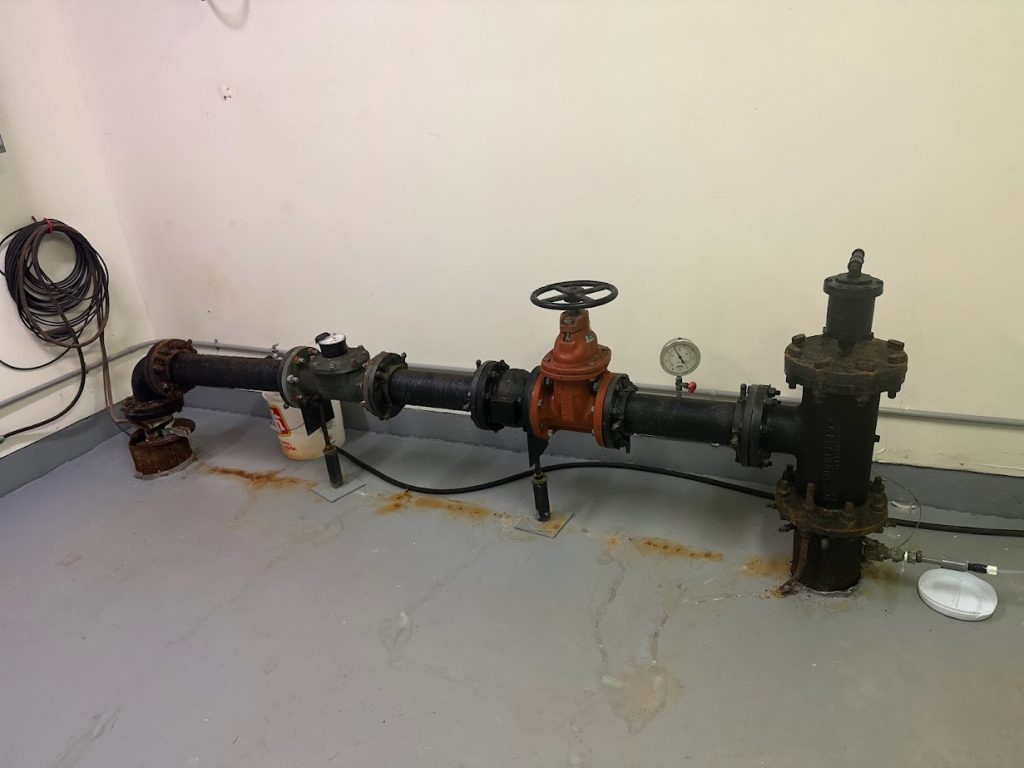
There are 3 wellhouses located in Ward 2. Wellhouse #3 can be found in Dutch Valley, and Wells #1 and #2 are both located on Rockridge Drive. The Ward 2 Reservoir is also located on Rockridge Drive and is where the wellhouses in Ward 2 redirect water for storage as a backup supply.
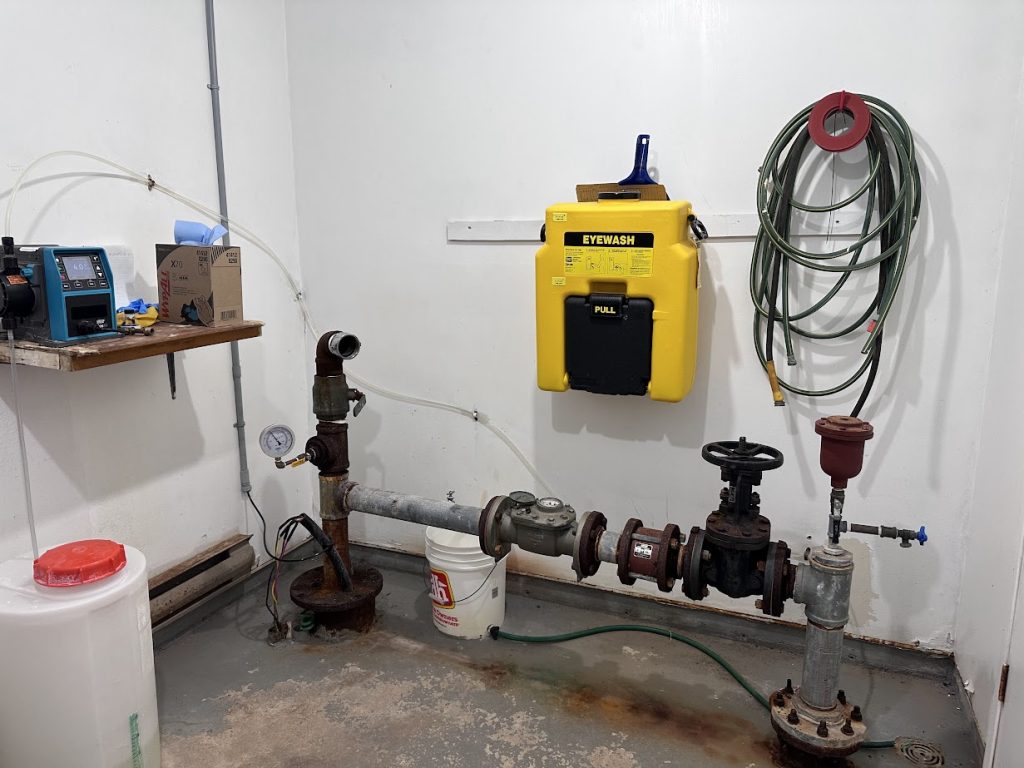
Reservoirs:
There are 3 water reservoirs in Sussex. There are two reservoirs in Ward 1 and another reservoir in Ward 2. The reservoirs have a combined capacity of 5,428,000 litres that provide Sussex a backup supply of water.
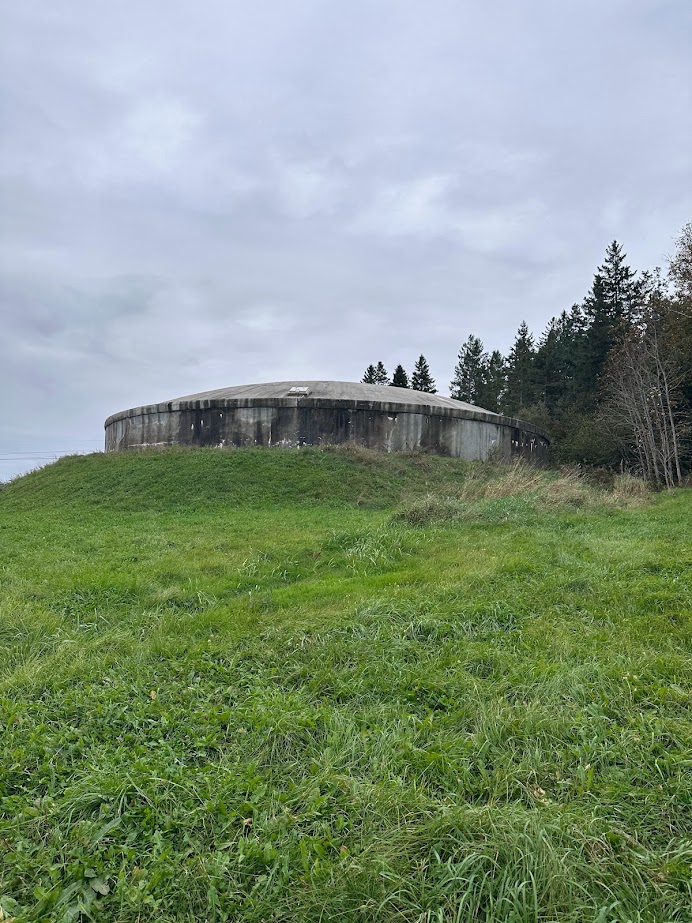
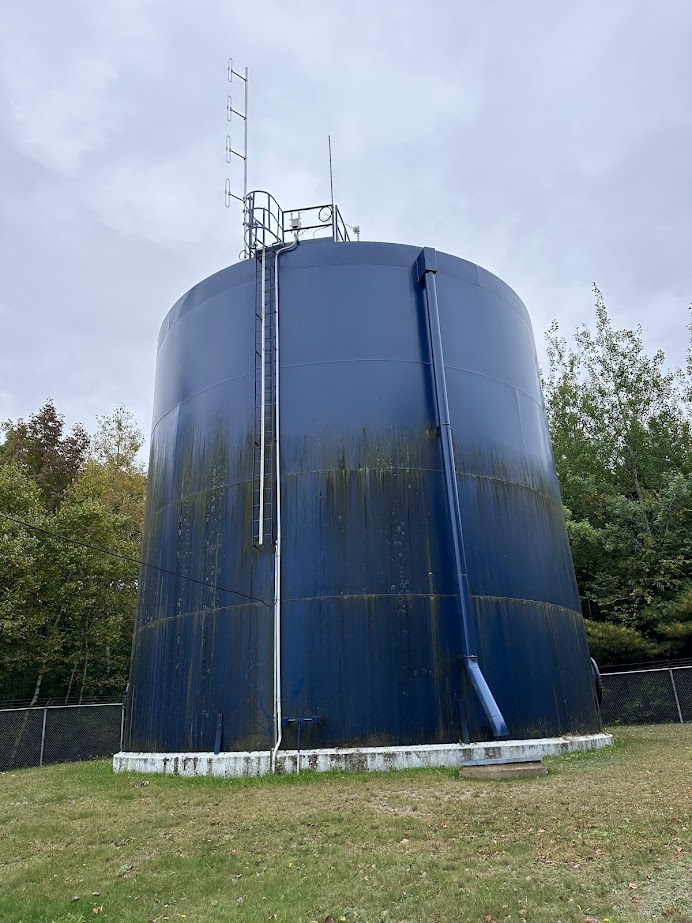
Wastewater Facility
Sussex sanitary sewer collection system is comprised of over 57 km of sewer mains varying in size from 150 mm (6”) to 525 mm (21”) and eight (8) sanitary sewer lift stations in the system that deliver the wastewater to the treatment lagoon.
The treatment lagoon has an average combined retention time of 23 days during which the use of dissolved oxygen and microbial action are used to reduce the pollutants in the wastewater. As a final step the treated wastewater is disinfected with UV lights before it leaves the treatment plant.
